Other species of conservation concern
You will find that some of the squares being surveyed for the Wales Chat Survey will take you into some pretty impressive habitats, which have their own bird species which are of conservation concern. An optional component of the survey is the facility to record the presence of some of these birds in the square you are visiting. We have kept the list deliberately short and focused on species of conservation interest that may share chat habitats.
Watch our BTO Bird ID videos on telling apart Kestrel / Merlin and Ring Ouzel / Blackbird.
Hen Harrier
The male Hen Harrier is one of the upland's most distinctive birds. Mainly ash grey, with dark primaries. Frequently seen quartering the ground in an easy buoyant manner as it searches for its prey, voles, mice, lizards etc. The female looks completely different with dark brown upper parts and a diagnostic white rump. Generally silent.
Merlin
A small dark falcon, usually seen flying low and fast, hugging the contours of the land. If you are lucky enough to get close views the male is slate blue above, has a black band on the tail and streaked under parts. The female, which is larger, is brown with streaky under parts.
Kestrel
Once our most frequently seen small falcon usually seen hovering in its characteristic manner. The male has a slate grey head, rufous back and dark band to the tail and wing tips. The female is larger and is less colourful, being rufous brown with some black barring above and pale beneath. Usual cry is a ‘kee-kee-kee’
Sparrowhawk
Easily identified by its flap, flap glide flight as it patrols hedges and forest edge searching for its prey. The female has brown grey upper parts, a white stripe above and below the eye, and fine barring underneath. The smaller male is more colourful, being slate grey above with fine barring and a reddish brown wash across the breast. Pairs are frequently seen soaring together during the spring.
Ring Ouzel
Often known as the mountain Blackbird. Usually seen in the uplands where it breeds. The male is very distinctive with its prominent white chest band. The female is paler with a less distinctive chest band.
Yellowhammer
The male lives up to its name when seen perched and singing its wheezy song, usually described as “a little bit of bread and no cheese”. The heads and upper parts of males can be bright yellow and are easily seen in flight. Females are darker and more brown.

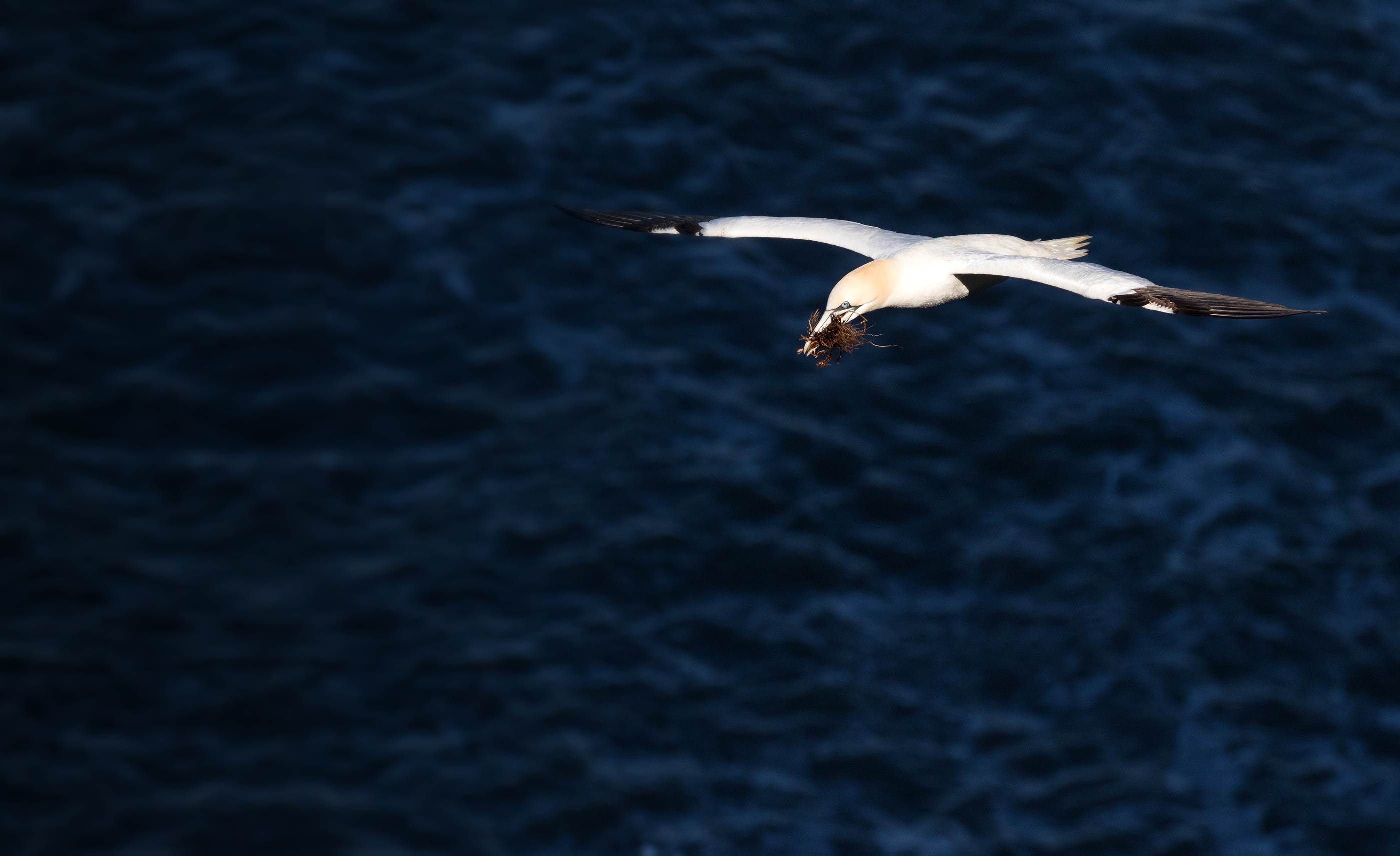
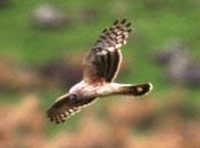
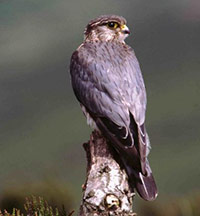
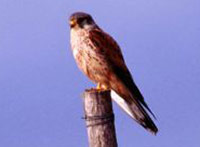
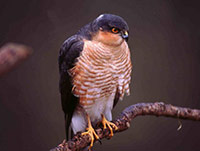
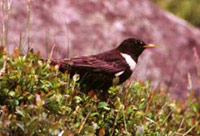
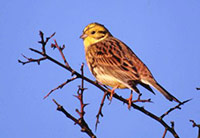




Share this page